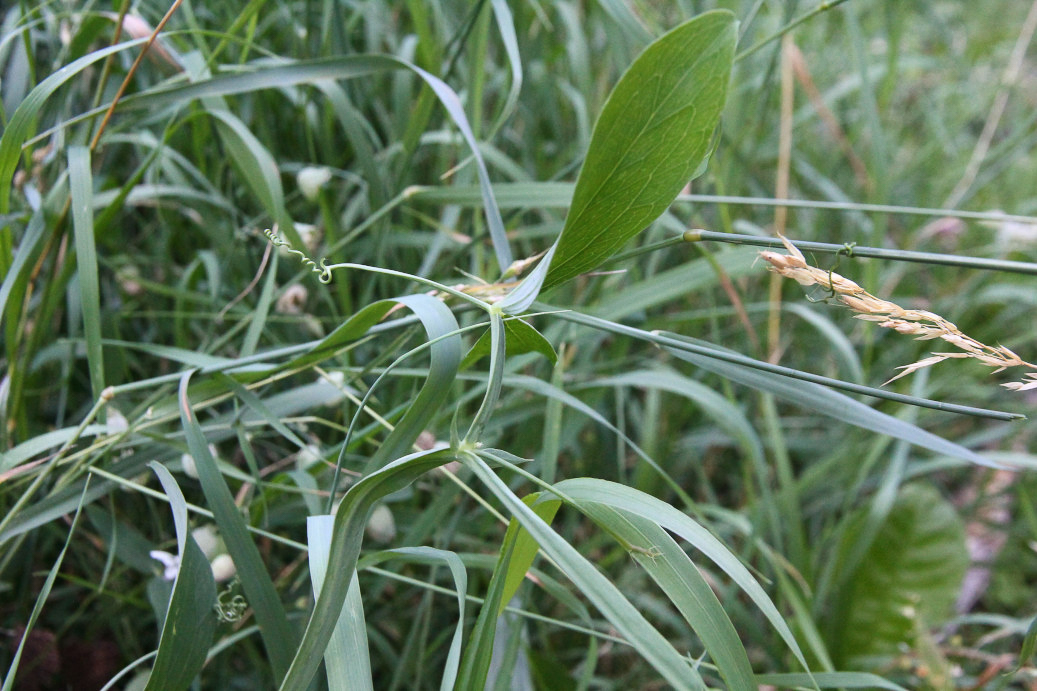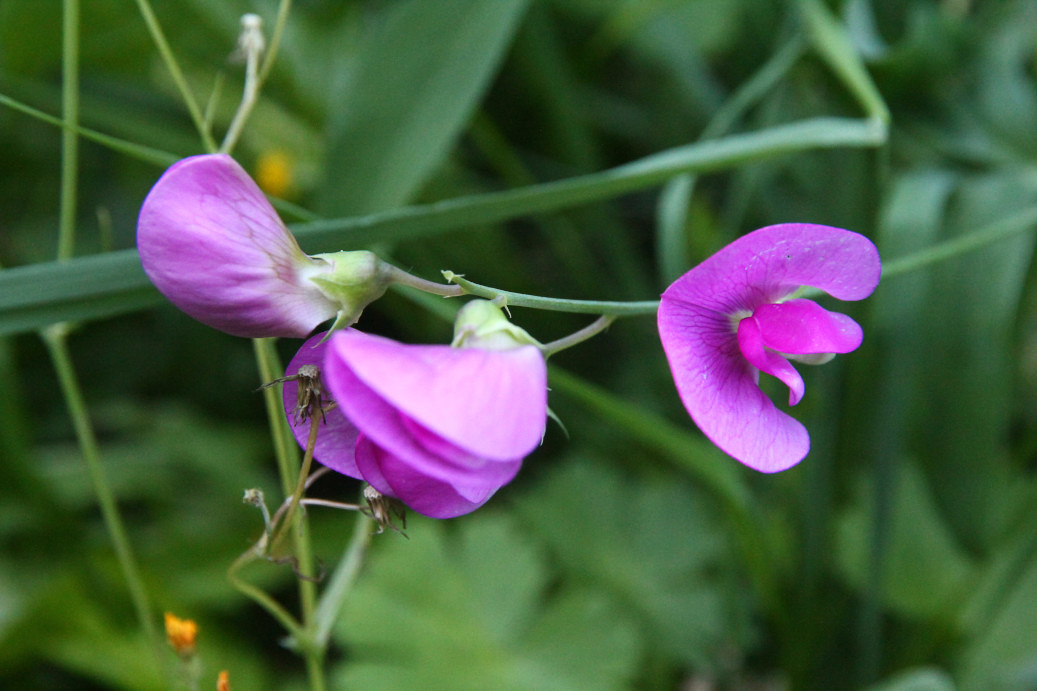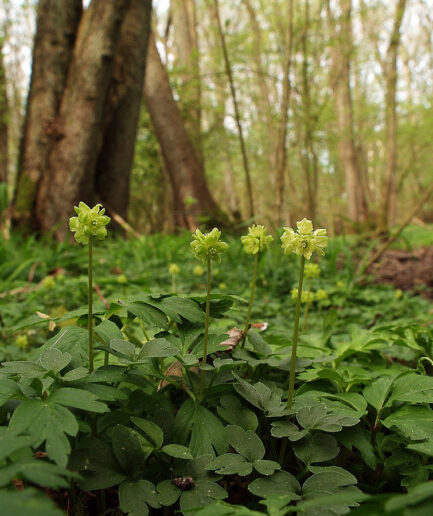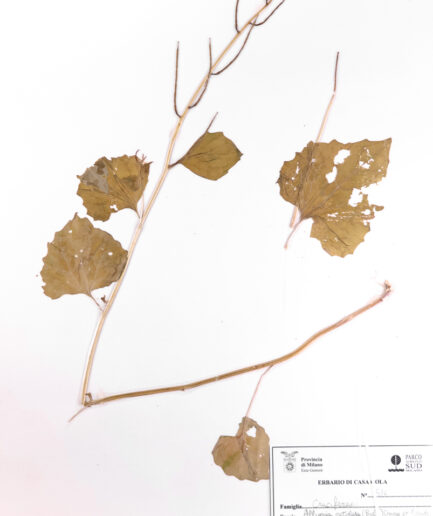Wild pea
Scientific name: Lathyrus sylvestris L.
Family: Fabaceae
MORPHOLOGY
Growth habit and size: Perennial herbaceous plant, fairly glabrous, glabrescent, 80-200 cm tall; rhizomatous root.
Stem: Twining stem, flattened, winged 0.7-3 mm with finely serrated margin, climbing with the help of branched or simple tendrils covered with scattered hairs.
Leaves: Compound leaves with 2 opposite leaflets, glaucous on the lower side, lanceolate (40-140 mm), with at least 3 veins, and linear-lanceolate segments 20-90(130) x (1.5)2-19 mm; rachis 4-40 mm, with wings 0.2-1.6 mm.
Flowers: Flowering peduncles longer than the leaf and bearing 6-12 flowers in a loose raceme. Campanulate calyx with triangular, acuminate lower teeth shorter than the tube (4.5)5-7(8) mm, upper teeth shorter and obtuse. Pink or purplish-pink corolla, turning bluish-purple when withered; white-green keel. Blooms from April to August.
Fruits and seeds: The fruit is a linear legume 50-70 x 9-11 mm elliptical in shape, compressed and rigid, reticulated with three suture ribs on the ventral margin, containing 10-15 green seeds (3.5)4-7 mm, subspherical, wrinkled, with brown spots when ripe.
DISTRIBUTION AND HABITAT
It grows throughout Italy from sea level up to 1,500 m. It prefers dry meadows, hedges, and forest edges.
USE
In almost all regions, the young shoots (excluding the seeds), which have a typical pea flavor, are boiled and then consumed seasoned with only extra virgin olive oil or squeezed to make excellent omelets with beaten eggs and grated cheese.
INTERESTING FACTS
During periods of famine, the consumption of “cicerchia” seeds was very common and prolonged throughout the year, leading to the appearance of the serious disease known as “lathyrism” in many peasant families, prompting states to prohibit its consumption. The seeds of the genus Lathyrus are divided into groups in which neurotoxin poisoning is more or less significant:
Group 1 includes highly toxic species (L. sylvestris, L. cicera, L. sativus).
Group 2 includes species such as L. odoratus, L. hirsutus, L. latifolius, L. clymenum.
Those in Group 1 are richer in the neurotoxin responsible for the disease “lathyrism,” which can cause paralysis of the lower limbs. Those in Group 2 cause nervous system lesions resulting in hyperexcitability and convulsive states. Among grazing animals, the most sensitive is the horse, followed by pigs, ruminants, and chickens to a lesser extent. With L. odoratus, Gregor Mendel (1822 – 1884) conducted hybridization experiments, introducing the precursory and fundamental principles of modern genetics (hereditary traits).
Photo: Kindly provided by Claudio Farinati and under free license from Saxifraga and Harry Jans



















